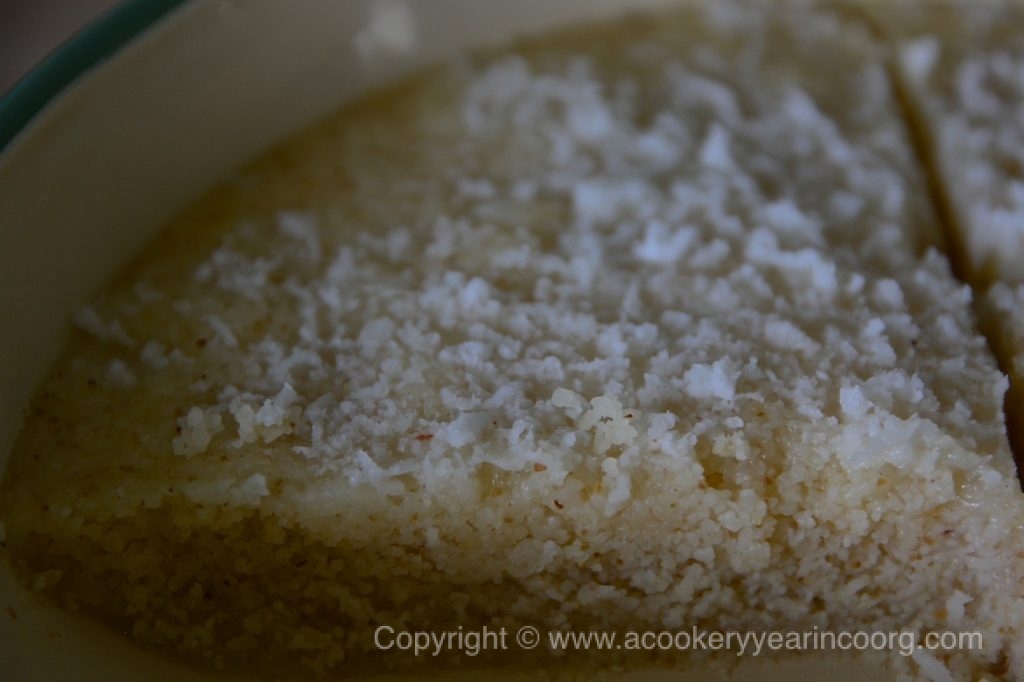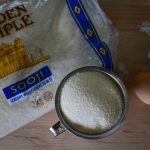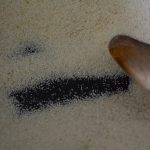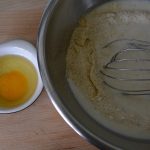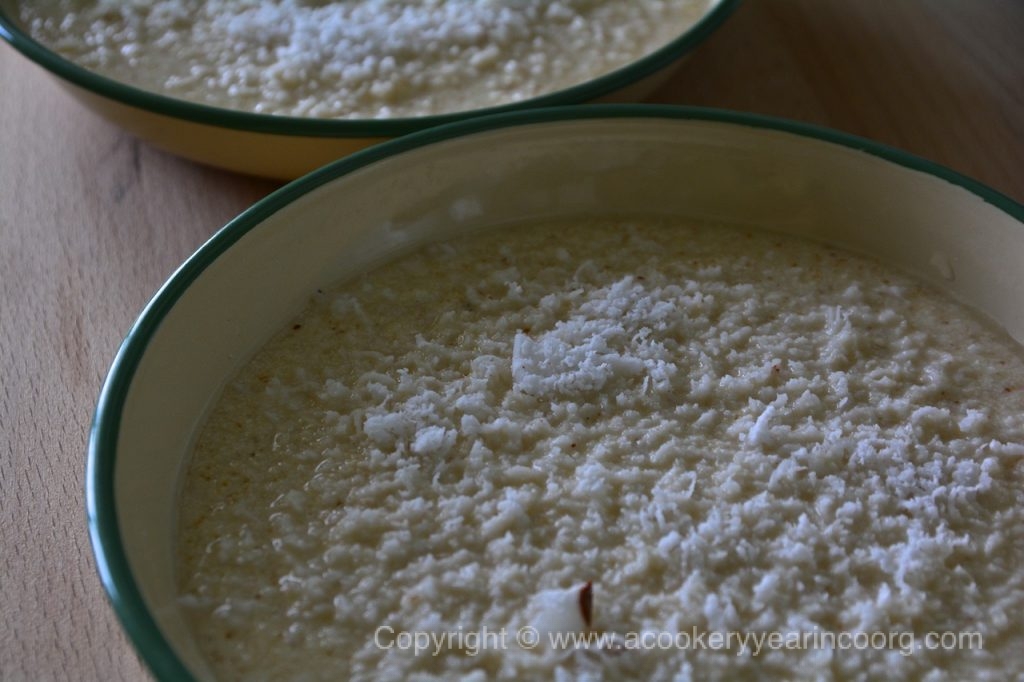Towards the end of our family visits to Coorg, large packages would start collecting in the kitchen. Paper packages of freshly roasted coffee powder, spices like pepper and cardamom, jams and pickles, and bags of thari. This was to last the months till our next visit.
If my grandmother had her way, she’d make sure that the quantities were enough to keep a platoon with the healthiest of appetites well fed for a couple of years! The idea of not having home grown rice or thari especially didn’t sit well with her. She was a devoted customer of trucking services like that of TVS, using them to send out farm produce, most memorably, baskets of juicy Coorg oranges. In preparation for their journey, straw lined baskets would be filled with the fruit, covered with hessian cloth (burlap) and sewn shut with a big darning needle threaded with jute twine.
For us, these deliveries were possible on the rare occasions when my father happened to be stationed in the Southern part of the country, closer to home. Otherwise, we were limited to what could be carried without too much trouble along with the luggage and paraphernalia of a big family. Inevitably, at some point, my mother would run out of thari for puttus.
And that’s usually when ravé thalia puttu would make an appearance. Made from coarse semolina, it’s unusual in the gamut of puttus in that it’s made from wheat, rather than the ubiquitous rice. Even more unusual is the addition of an egg to the batter – a decidedly non-vegetarian puttu!
It’s a very quick dish to put together, since no fermenting is required, though a little touch of sourness comes from the yogurt used to bind the mixture.
Ravé thalia puttu
Steamed savoury semolina cake
- 2 cups coarse semolina
- 1 cup thick yogurt whisked with 2 cups of water
- 1 egg
- 1 1/2 tsp salt or to taste
- 1/2 tsp baking soda
- Freshly grated coconut for topping
In a heavy based pan, roast the semolina until it turns straw coloured and smells toasty. This is important because it helps counter any egginess!
Cool, then add the yogurt mixture,well beaten egg and salt.The mixture should be moist, but thick. Blend the baking soda in a little water and mix it in thoroughly.
Pour into plates, sprinkle with coconut and steam in a sekala for about 12 minutes. This cooks much faster than puttus made from thari, and you don’t want the egg to harden the mixture.
Cool slightly before cutting.
Pairs best with non-vegetarian curries, though mushroom curry does pass muster. Grandmother served it with liver curry.

